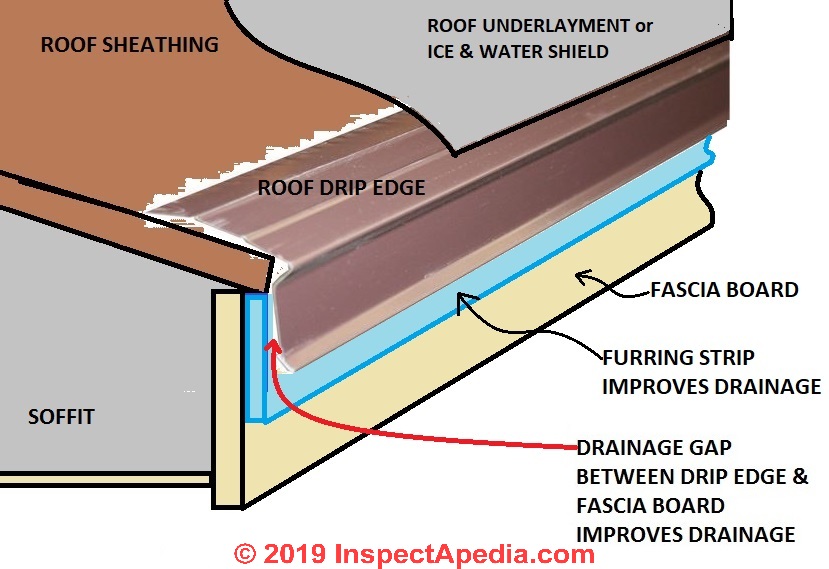The drip edge should be installed over a piece of 1 2 furring strip so that it stands off from the fascia or rafter tails.
Roof sheathing flush with fascia.
Run fascia the thickness of the plywood higher than the fly rafter on the gable and flush on the sub fascia.
View flush soffit panel.
Flush soffit works well as a subtle interior panel wall panel and as part of a roof venting system.
But if you snap it at 40 inches then the sheathing will not project over the subfascia or true fascia.
This soffit option will exceed your expectations when it comes to strength and aesthetics.
When sheathing a roof the first step is to snap a line so that the first row goes on straight.
Roof sheathing or decking is one of those elements.
Since joists will be spaced on 16 or 24 inch centers 8 foot pieces of fascia work well.
Flush soffit concealed fasteners.
The drip edge will be installed 1 8 proud of away or out from the furring strip in best practice or may be installed tight against the furring strip reduces the life of the furring strip by rot.
Step 2 hold your first piece in place starting flush at one corner with the top edge of the board pushed tight against the bottom edge of the roof deck or flush with the tops of the joists.
If the drip edge is laid right up against the fascia or rafters then because of surface tension the water runs right up against the fascia and underneath the soffit.
Go back and check out photograph 10.
This was then foamed to complete the air seal.
Draw a full scale mockup and snap a line with fascia in kind.
On the front of the roof edges the original roof deck sheathing was cut back flush with the wall and the fully adhered membrane folded down around the rafter tails to catch the wall water control layer and air control layer.
Osb is lightweight relatively inexpensive and strong enough to resist bending or breaking should someone walk on the roof.
Chalk your line up the rake 48 from the point where fascia meets sub fascia.

